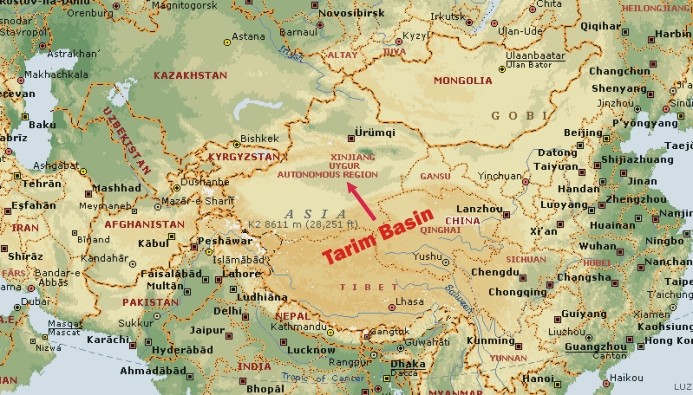Ygorcs
Active member
- Messages
- 2,259
- Reaction score
- 812
- Points
- 0
- Ethnic group
- Multiracial Brazilian
Intriguing stuff:
More information and pictures at: https://www.scmp.com/news/china/soc...-emperor?utm_source=quora&utm_medium=referral
All the bodies in the tomb are young females and the archaeologists believe these women could be the emperor’s consorts and their servants, judging from the class of the graves and burial items found there.
Some of the bodies had been dismembered and placed outside passageways leading to the burial chambers that were thought to have contained their mistresses’ bodies.
It is thought that the women may have been killed as part of a human sacrifice following the emperor’s death and the evidence suggests the executioners made no concession to age or rank.
Researchers have reconstructed the face of one of the high-status women in the tombs – possibly a wife or concubine of the emperor.
According to a facial reconstruction photo provided to the South China Morning Post, she had a pair of rounded, large eyes and long, defined nose.
The computer-generated portrait used a deep learning algorithm and large anatomic database to reconstruct her features, although details such as her hair style and eye colour can only be guessed at.
The same technology has been used for forensic facial reconstruction in police investigations across the country.
Intriguingly, her features do not appear to be typically Han Chinese. Instead they suggest a possible central Asian or even European ancestry – a possibility that could prompt intense academic controversy.
[...]Some researchers believe that these bodies may include members of the imperial family who were murdered in an extensive purge soon after Emperor Qin’s death.
The possible Qin prince, according to the facial reconstruction, appeared to be a man about 30 years of age with olive-shaped eyes and a pronounced nose.
[...]
But the results have prompted some debate among archaeologists.
The faces, especially the woman’s, appeared to show more ethnic divergence than would typically be expected in Han Chinese people.
Some researchers have speculated that the women might have “Western” origins – possibly Persian, or even European – but others believe this is improbable.
[...]
The museum was planning to carry out DNA testing on these two and other remains and hope to come up with more clues about the ethnic composition of the Qin court. (Good News!)
More information and pictures at: https://www.scmp.com/news/china/soc...-emperor?utm_source=quora&utm_medium=referral


